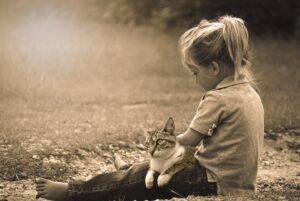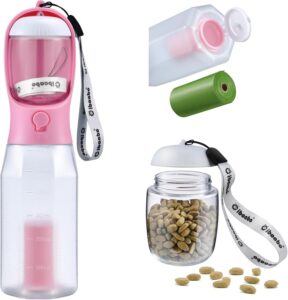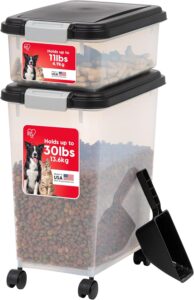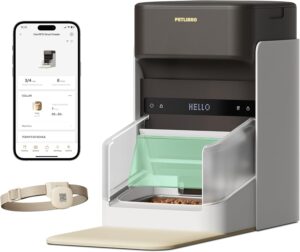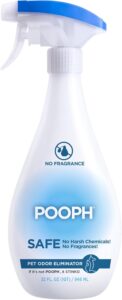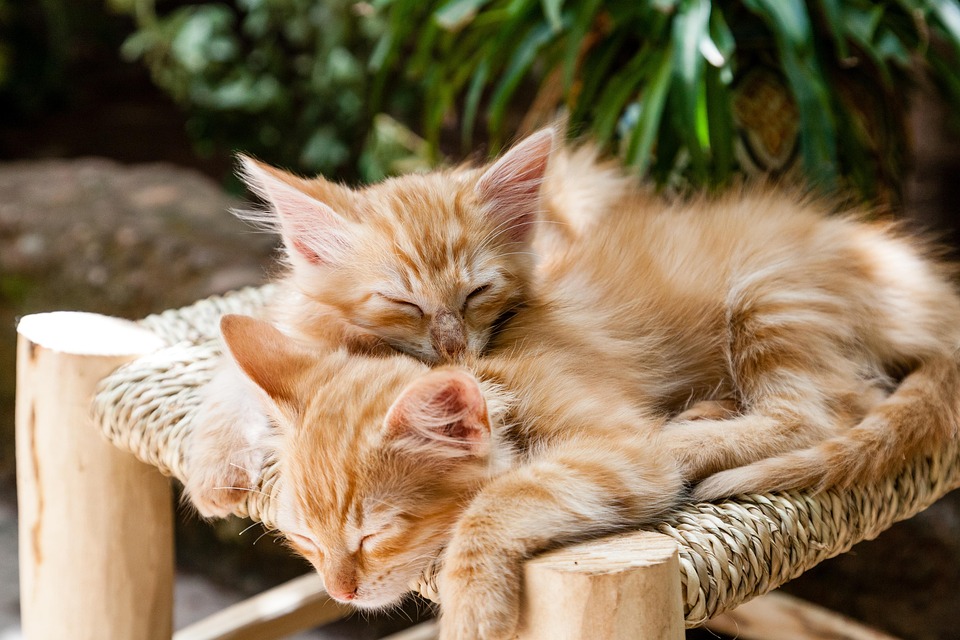
Introduction
Sharing your home with multiple small pets can be an incredibly rewarding experience, but it also presents unique challenges, particularly when it comes to space optimization. Whether you’re an apartment dweller or living in a spacious house, creating a harmonious environment for your small pets requires thoughtful planning and creative solutions. In this comprehensive guide, we’ll explore strategies for optimizing space for various types of small pets, ensuring they thrive while cohabiting peacefully.
Understanding the Needs of Small Pets
Before diving into space optimization, it’s crucial to understand the specific needs of your small pets. Small animals, such as hamsters, guinea pigs, rabbits, ferrets, and birds, each have distinct requirements for physical space, environmental enrichment, and social interaction. Recognizing these needs will help you design a living area that caters to their well-being.
Key Considerations for Space Optimization
Safety and Accessibility
Safety should be your top priority when creating shared spaces for small pets. Ensure that their enclosures or play areas are escape-proof and free from hazards such as electrical cords or toxic plants. Additionally, make sure that each pet can access food, water, and hiding spots easily within their designated space.
Enrichment and Stimulation
Small pets require mental and physical stimulation to prevent boredom and promote healthy behaviors. Incorporate toys, tunnels, climbing structures, and foraging opportunities into their environment. Rotating these items regularly will keep your pets engaged and curious.
Social Dynamics
Understanding the social dynamics of your pets is essential. Some animals, like guinea pigs and rabbits, are social and thrive in pairs or groups. Others, such as hamsters, are solitary and may become stressed if housed with companions. Tailor your space to accommodate these social needs, providing separate or communal areas as appropriate.
Optimizing Space for Specific Small Pets
Rabbits
Rabbits are active creatures that require ample space to hop, run, and explore. A rabbit’s enclosure should be at least four to six times the size of the rabbit when fully stretched out. If indoor space is limited, consider allowing your rabbit free access to rabbit-proofed areas of your home. Use baby gates or exercise pens to create safe zones. Provide hiding spots, digging boxes, and chew toys to keep your rabbit entertained and enriched.
Guinea Pigs
Guinea pigs are social animals that thrive in pairs or small groups. Their enclosure should be spacious enough to accommodate companionship while allowing room for exercise. Cages with multiple levels or attached playpens can maximize vertical and horizontal space. Include tunnels, hideaways, and hay racks to encourage natural behaviors and interaction. Ensure that each guinea pig has access to its own food dish and water bottle to prevent competition.
Hamsters
Hamsters are solitary animals that require individual habitats to avoid stress and aggression. A multi-level cage with tunnels and climbing structures provides the necessary enrichment. Utilize vertical space effectively, as hamsters enjoy climbing and exploring. Regularly rearrange their habitat to stimulate curiosity. Ensure that the cage is escape-proof, as hamsters are adept escape artists.
Ferrets
Ferrets are playful and curious creatures that require ample space for exploration. A multi-level cage with ramps, hammocks, and tunnels can maximize their living area. Ferrets benefit from supervised playtime outside their cage in a ferret-proofed room. Rotate toys and introduce new challenges to keep them mentally engaged.
Birds
Birds, particularly parrots, need spacious cages that allow for flight and movement. Consider the species-specific requirements when selecting a cage. Provide a variety of perches, swings, and toys to prevent boredom. Birds also enjoy out-of-cage time, so create a safe room or designated area for supervised flying and social interaction.
Tips for Maximizing Space in Small Homes
Vertical Space Utilization
Utilize vertical space by incorporating multi-level enclosures, wall-mounted shelves, and hanging toys. Vertical habitat expansion allows you to provide more room without occupying additional floor space, making it ideal for small living areas.
Multi-Purpose Furniture
Invest in furniture that doubles as pet housing or play areas. For example, you can purchase coffee tables with built-in cages or create DIY projects like a bookshelf converted into a small pet habitat. These solutions seamlessly integrate pet spaces into your living environment.
Efficient Storage Solutions
Keep pet supplies organized and accessible with efficient storage solutions. Use stackable bins, shelves, or storage ottomans to store food, bedding, and toys. Label containers for easy identification, ensuring you have everything you need at your fingertips.
Regular Cleaning and Maintenance
A clean environment is essential for the health and happiness of your pets. Establish a regular cleaning schedule for cages, play areas, and litter boxes. Consider using removable, washable liners for easy maintenance. Keeping the area tidy will create a more pleasant living space for both you and your pets.
Conclusion
Optimizing space for multiple small pets at home requires a balance of creativity, practicality, and empathy. By understanding the unique needs of each species and implementing thoughtful design solutions, you can create a harmonious environment where your pets thrive. Whether you’re working with limited square footage or a sprawling home, the principles outlined in this guide will help you provide a comfortable and enriched living space for your beloved small companions.
#ChatGPT assisted in the creation of this article.

